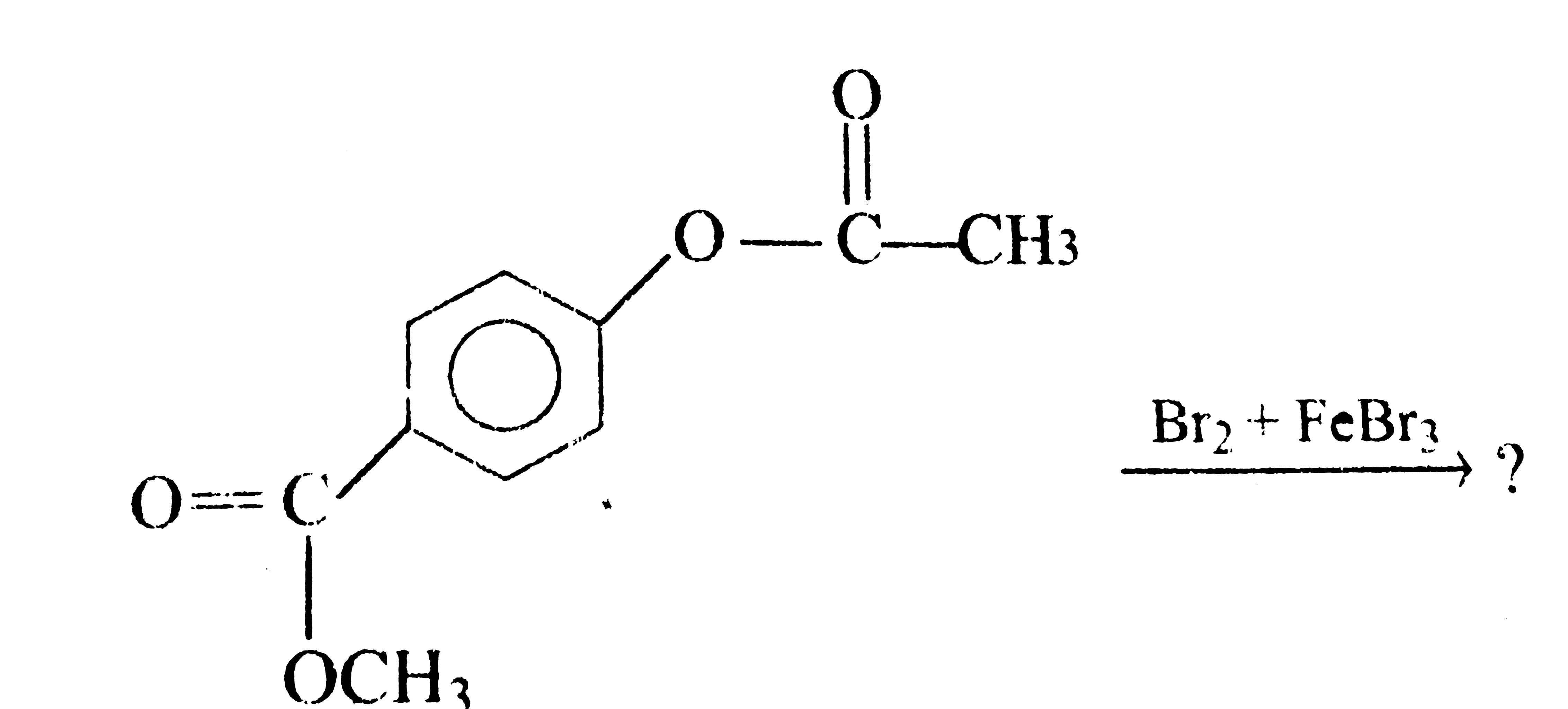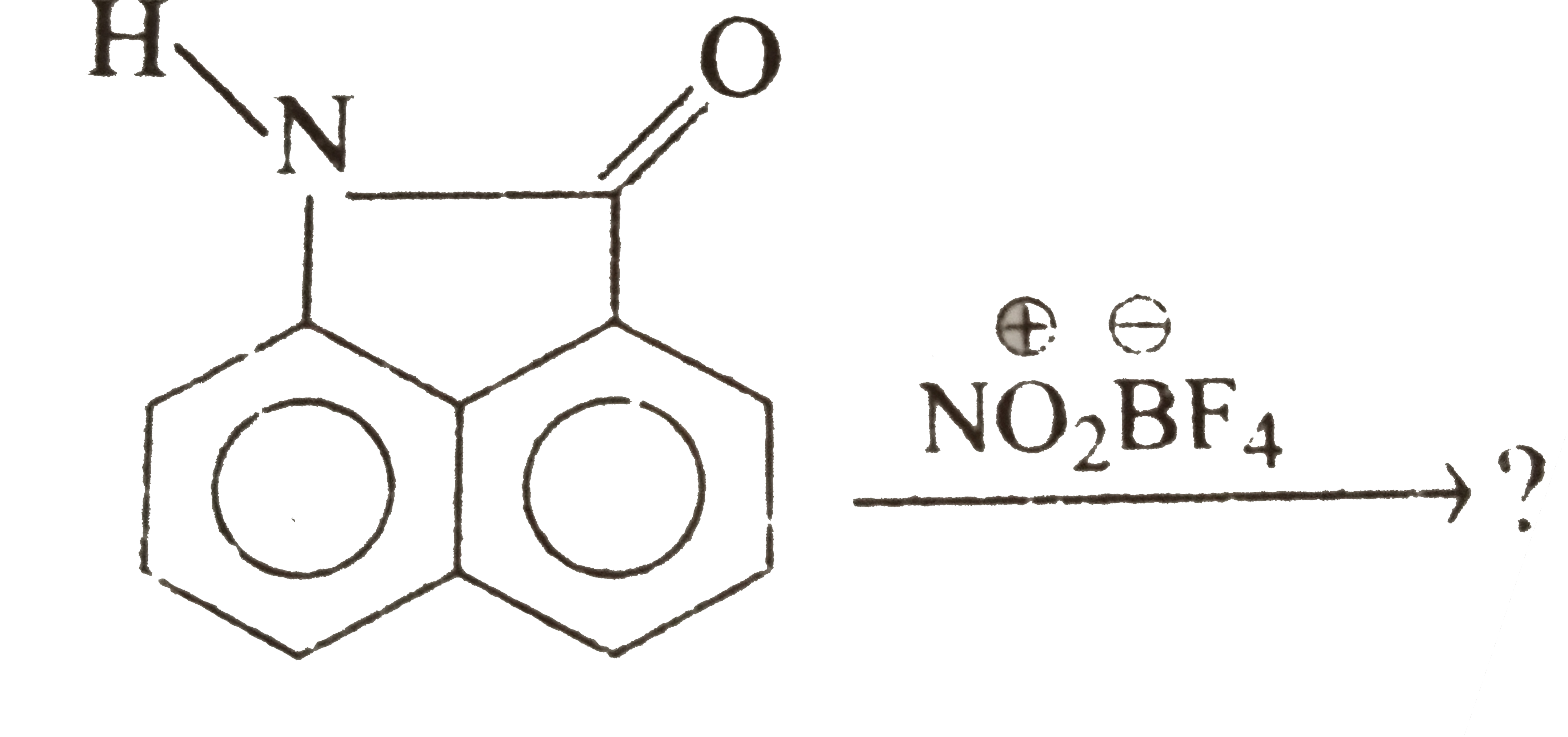An activating group
activates only ortho and para position
decativates meta position
activates ortho and para more than meta
decativates meta more than ortho and para
The correct Answer is:D
To understand what an activating group is in the context of organic chemistry, particularly with respect to aromatic compounds, we can break down the concept step by step.
1. Definition of Activating Group: An activating group is a substituent that increases the electron density on an aromatic ring, making it more reactive towards electrophilic substitution reactions.
Hint: Remember that activating groups enhance the reactivity of the aromatic compound.
2. Mechanism of Activation: These groups typically have lone pairs of electrons or are capable of resonance. They can donate electron density to the aromatic ring through resonance, stabilizing the positive charge that forms during electrophilic substitution.
Hint: Think about how resonance structures can stabilize charges in the aromatic system.
3. Example of an Activating Group: A common example of an activating group is the amino group (-NH2). When attached to a benzene ring, it increases the electron density at the ortho and para positions relative to itself.
Hint: Consider how the amino group can participate in resonance with the benzene ring.
4. Resonance Structures: When the amino group is attached to the benzene ring, resonance structures can be drawn where the lone pair of electrons on the nitrogen atom can delocalize into the ring, creating several resonance forms that increase electron density at the ortho and para positions.
Hint: Visualize the resonance structures to see how electron density shifts.
5. Ortho and Para vs. Meta Position: The ortho and para positions become more electron-rich compared to the meta position due to the resonance effect. This is why activating groups direct incoming electrophiles to these positions more favorably.
Hint: Remember that the ortho and para positions are more reactive due to increased electron density.
6. Conclusion: In summary, activating groups enhance the reactivity of aromatic compounds by increasing electron density through resonance, particularly at the ortho and para positions.
Hint: Conclude by summarizing the role of activating groups in electrophilic aromatic substitution.
Summary of the Solution:
An activating group is a substituent that increases electron density on an aromatic ring, making it more reactive towards electrophilic substitution. It typically donates electron density through resonance, with groups like -NH2 being prime examples. These groups preferentially direct electrophiles to the ortho and para positions due to the stabilization provided by resonance.
An activating group is a substituent that increases electron density on an aromatic ring, making it more reactive towards electrophilic substitution. It typically donates electron density through resonance, with groups like -NH2 being prime examples. These groups preferentially direct electrophiles to the ortho and para positions due to the stabilization provided by resonance.
Similar Questions
Knowledge Check
- Question 1 - Select One
Which of the following statement is /are correct ?
An activating group is an electron releasing group
2. An activating group activate all position of benzene ring
3. The effect of any group whether activating or decativating is the strongest at ortho and para position in the benzene ring
4. An activating group activate only the ortho and para position in benzing ringA2,3B1,3,4C1,2,3D1,2,3,4 - Question 2 - Select One
Assertion :Activating groups are electron donors.
Reason: Nitroso group is activating groupAIf both assertion and reason are true and the reason is the correct explanation of the assertionBIf both assertion and reason are true but reason is not the correct explanation of the assertionCif assertion is true but reason is falseDIf assertion and reason both are false - Question 3 - Select One
Amongst the following, moderately activating groups is
A−NHRB−NHCOCH3C−OHD−CH3
A : Nitration of benzoic acid gives ortho and para derivatives of nitrobenzoic acids.
R : Carboxyl group is activating group.View SolutionIf aromatic ring is substitued by more than groups then electrophilic aromatic substitution reaction take place according to more activating group. Type of group which donate electron in aromatic ring known as activating group

Find out correct product of reaction .View SolutionIf aromatic ring is substitued by more than groups then electrophilic aromatic substitution reaction take place according to more activating group. Type of group which donate electron in aromatic ring known as activating group
Major product formation take placed at which position in this reaction :
 View Solution
View SolutionIf aromatic ring is substituted by more than groups then electrophilic aromatic substitution reaction take place according to more activating group. Types of group which donate electron in aromatic ring known as activating groups.
Major product formation take place at which position in this reaction:
 View Solution
View SolutionIf aromatic ring is substitued by more than groups then electrophilic aromatic substitution reaction take place according to more activating group. Type of group which donate electron in aromatic ring known as activating group
Find out major product of following reaction :
 View Solution
View Solution

